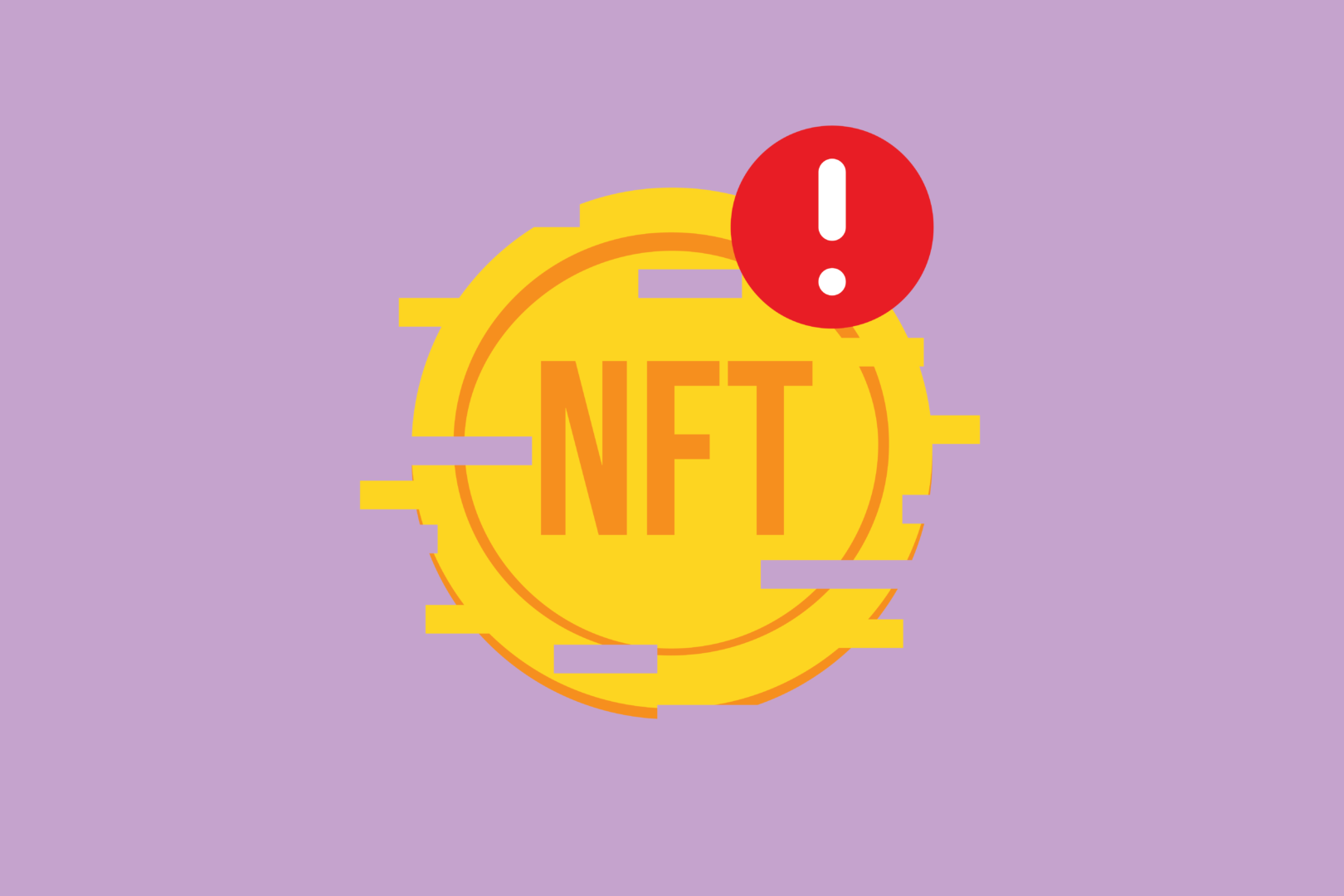NFTs are harming the environment, people should not invest

Jose Gonzalez-Campelo/The Cougar
People should not invest in non-fungible tokens as they are damaging the environment at an alarming rate just to benefit a small minority.
In the world of investing, people are always looking for the next big thing to grow their financial portfolios. With NFTs, their distinctive features and ability to participate in various markets attract investors’ attention.
Starting with cryptocurrencies like Bitcoin, NFTs are the items you can buy with that cryptocurrency. One of the more common NFTs is artwork, but almost anything can be turned into an NFT.
The idea of cryptocurrency is being able to instantly exchange and receive currency on a worldwide scale without the constraints of exchange rates and the time-consuming processes that come with banks. It shares the process between a group rather than a centralized entity like a bank.
It ultimately changes the way currency flows through the world, but just because it’s considered an “advancement” from the current era doesn’t mean it’s the best way.
The problem with NFTs is not the item itself, but the way they are created and maintained.
Blockchains are the backbone of cryptocurrency, as it is where NFTs are stored and transferred. However, the energy and resources it takes to create and transfer NFTs on a blockchain are monumentally disastrous for the environment.
One transaction via a proof-of-work blockchain produces over 1,600 pounds of carbon dioxide equivalent to 1.7 million Visa transactions or over 120,000 hours of YouTube, according to Investopedia.
This is because a blockchain is focused on creating a unique token that leaves a transparent digital footprint in the world. A block is created and when that block is filled with information, a new one follows it in a chain which is where the name comes from.
These blockchains are essentially irreversible which makes them difficult to change or hack. If someone were to attempt to change the information in a blockchain, people would quickly notice since blockchains have a strictly chronological order and are shared on a network.
Some blockchain developers are aware of the damage that NFTs cause to the environment and have created another blockchain process called proof-of-stake that allows one transaction produce less than 1 pound of carbon dioxide, which equates to 44 Visa transactions or three hours of YouTube.
However, even if the amount of carbon dioxide released into the environment is reduced, it does not eliminate the effects it has already created on the environment.
With so many people getting on the NFT train, most only care about the financial gain and turn a blind eye to the environmental disasters their actions are contributing to.
NFTs are considered the future, but the irony of that statement is that there may not be a future with the way digital tokens are harming the environment.
People should do more research to understand the risks of NFTs as they will realize that investing in them will do more harm than good.
Cindy Rivas Alfaro is another journalist who can be reached at [email protected]


